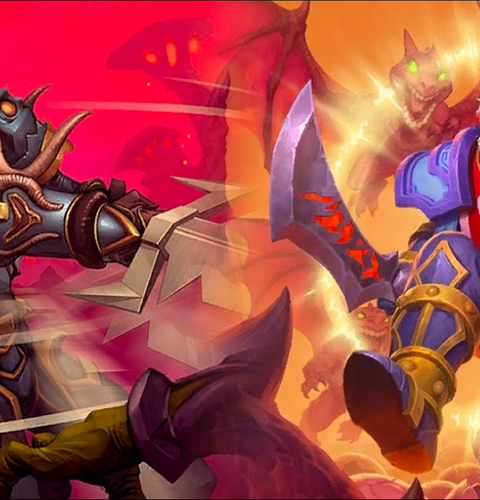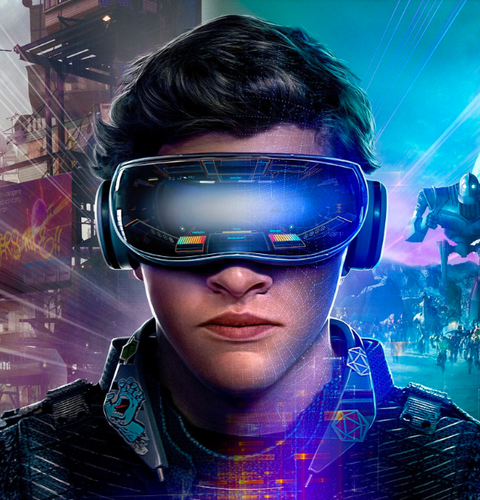Ah, handheld gaming, the fascinating technology that made bus rides bearable and gave birth to the "just five more minutes, Mum" plea. Today, we're winding back the clock, taking a pixelated trip down memory lane to chart the evolution of handheld gaming devices.
Level 1: The Birth of Handheld Gaming - LED Games (1976-1989)
The precursor to handheld gaming as we know it was Mattel's Auto Race, the first handheld electronic game, launched in 1976. These games were simple, built around LED lights, and lacked the graphic finesse of their future successors, but they were an important first step. The LED era's poster child was undoubtedly the "Game & Watch" series by Nintendo, with its charmingly simplistic gameplay and visuals.
Level 2: A Pocketful of Pixels - Game Boy and Game Gear (1989-2001)
In 1989, Nintendo introduced the Game Boy, the first widely successful handheld console. Despite its monochrome screen, it captivated millions with its portability, durability, and, most importantly, its games. Titles like Super Mario Land, Pokémon Red and Blue, and The Legend of Zelda: Link's Awakening have become iconic since then.
Competing against Game Boy, Sega launched the Game Gear, offering a color screen and a more ergonomic design. However, the Game Gear's short battery life made the Game Boy more popular among the long-trip crowd.
Level 3: Enter the Third Dimension - Game Boy Advance and Nintendo DS (2001-2011)
The Game Boy Advance (GBA) entered the scene in 2001, boasting a larger color screen and more powerful hardware. Iconic franchises, like Metroid, made a comeback with Metroid Fusion and Metroid Zero Mission.
But Nintendo didn't stop there. In 2004, they launched the dual-screen (DS) console, featuring a touchscreen and Wi-Fi capabilities. This console was revolutionary, enabling innovative gameplay elements and multiplayer features, leading to classics like Nintendogs and Brain Age.
Level 4: The Power in Your Pocket - PlayStation Portable and Nintendo 3DS (2004-2020)
Sony stepped into the handheld gaming market with the PlayStation Portable (PSP) in 2004, which offered near-PS2 quality games on the go. It had a wide range of games and multimedia capabilities, making it a popular choice for older gamers.
Nintendo countered with the 3DS in 2011, offering glasses-free 3D gameplay, which was quite the novelty. The 3DS held its own with a strong lineup of games and the added dimension (pun intended) of 3D gameplay.
Level 5: The Modern Era - Nintendo Switch and Beyond (2017-Present)
In 2017, Nintendo merged the realms of console and handheld gaming with the Switch. The Switch is a hybrid console, capable of docking for play on a TV or being taken on the go. With games like Breath of the Wild and Animal Crossing: New Horizons, it's no wonder it has been such a success.
And now, we've entered the era where handheld gaming extends beyond dedicated devices. Mobile phones have become powerful gaming devices, with popular titles like PUBG Mobile and Genshin Impact attracting millions of players. The future looks bright and brimming with possibilities.
Conclusion
From the humble beeping and booping of Mattel's Auto Race to the sweeping landscapes of Breath of the Wild on the Nintendo Switch, handheld gaming has come a long way. It's not just about the hardware or the software; it's about the joy and exhilaration these little machines brought and continue to bring into our lives. They've turned boring commutes into epic adventures and shared moments with friends. They've given us pockets full of magical worlds and countless memories.
As we embrace cloud gaming, AR, VR, and other technological advancements in the handheld gaming world, we can't help but look forward to what the future holds. Will we see an even more immersive form of handheld gaming, a pocket-sized holodeck, perhaps? Or maybe bio-interactive games that respond to our thoughts and emotions? Only time will tell.
No matter what the future holds, the essence of handheld gaming will remain the same: delivering unbounded joy, anywhere, anytime. So, here's to more pixels, more power, and more play. Keep on gaming, because this journey is far from over!










